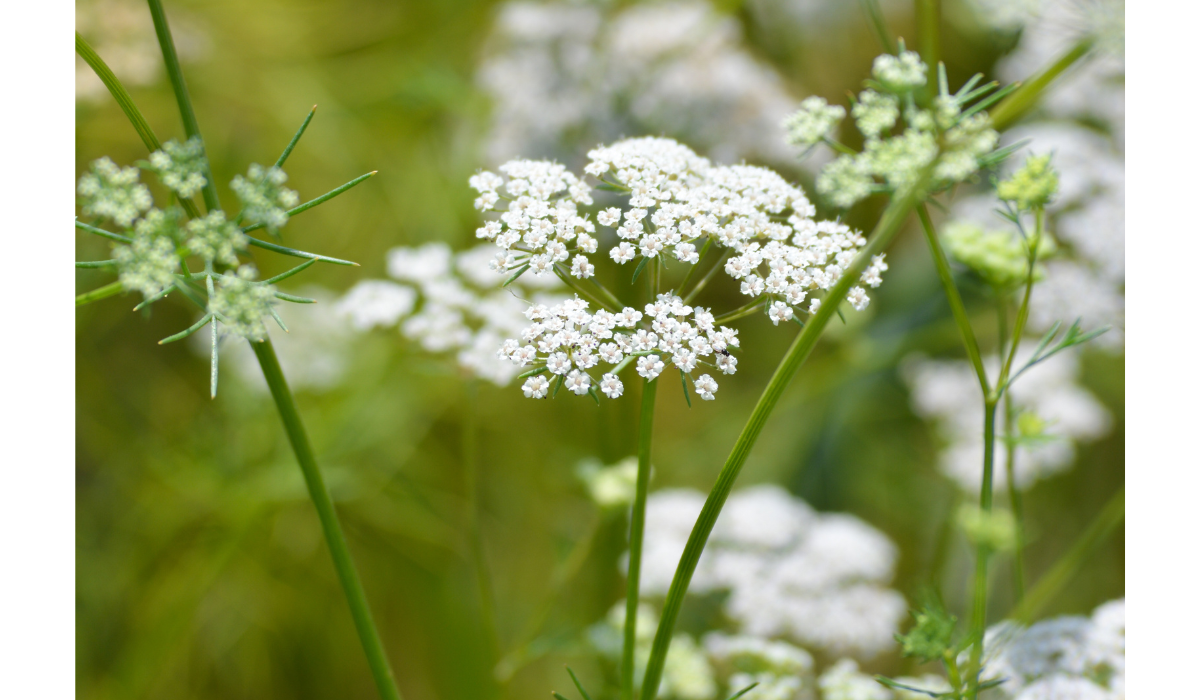
Introduction
Cumin, scientifically known as Cuminum cyminum, is a popular spice used in various cuisines worldwide. Its distinctive aroma and warm, earthy flavor have made it a staple ingredient in many dishes. In this article, we will explore the origins and cultivation of cumin, highlighting the regions where it is grown and the factors that contribute to its successful cultivation.
Table of Contents
The Origins of Cumin
Ideal Growing Conditions
Major Cumin-Producing Countries
Cumin Cultivation Techniques
Harvesting and Processing Cumin
Health Benefits of Cumin
Culinary Uses of Cumin
Cumin Varieties
The Global Cumin Market
Future Trends in Cumin Production
Challenges in Cumin Cultivation
Sustainable Farming Practices
FAQs
Conclusion
1. The Origins of Cumin
Cumin has a rich history that dates back thousands of years. Its exact origin is uncertain, but it is believed to have originated in the eastern Mediterranean region or Egypt. Ancient civilizations such as the Egyptians, Greeks, and Romans prized cumin for its culinary and medicinal properties.
2. Ideal Growing Conditions
Cumin thrives in warm and arid climates, requiring temperatures between 25 to 30 degrees Celsius (77 to 86 degrees Fahrenheit) for optimal growth. It is a hardy plant that can tolerate drought conditions but requires well-drained soil. Sandy loam or clay loam soil with a pH range of 6.5 to 8 is considered suitable for cumin cultivation.
3. Major Cumin-Producing Countries
Cumin is grown in several countries around the world, with some regions being major producers. The top cumin-producing countries include:
a) India
India is the largest producer and consumer of cumin globally. The states of Gujarat and Rajasthan are known for their high-quality cumin crops. The favorable climate and soil conditions in these regions contribute to India's dominance in cumin production.
b) Iran
Iran has a long history of cumin cultivation and is renowned for its premium-quality cumin seeds. The Kerman province is the main cumin-growing region in Iran.
c) Turkey
Turkey is another significant player in the global cumin market. The southeastern region of Anatolia is known for its cumin production, with the city of Gaziantep being a prominent center for cumin trade.
d) Syria
Syria has been a traditional cumin-growing region for centuries. Despite recent political unrest, cumin production continues in certain parts of the country.
e) China and Egypt
China and Egypt are also notable producers of cumin, contributing to the global supply of this spice.
4. Cumin Cultivation Techniques
Cumin cultivation involves several key steps, including land preparation, sowing, irrigation, weed control, and pest management. Farmers prepare the soil by plowing and leveling it to create a favorable seedbed. The seeds are sown either manually or using seed drills, ensuring appropriate spacing between plants.
5. Harvesting and Processing Cumin
Cumin plants reach maturity in about 120 to 150 days after sowing. The seeds are harvested when the plants turn brown and the seed heads dry out. The traditional method of harvesting involves handpicking the seed heads, followed by threshing and winnowing to separate the seeds from the chaff.
After harvesting, the cumin seeds undergo a cleaning and grading process to remove impurities and ensure uniform quality. They are then dried to reduce moisture content and enhance their shelf life.
6. Health Benefits of Cumin
Cumin offers various health benefits due to its rich nutritional profile. It is a good source of iron, manganese, and antioxidants. Some potential health benefits associated with cumin consumption include improved digestion, reduced inflammation, and enhanced immune function.
7. Culinary Uses of Cumin
Cumin is a versatile spice used in a wide range of culinary preparations. It is a key ingredient in Indian, Middle Eastern, and Mexican cuisines. Cumin seeds are commonly used whole or ground to add a distinct flavor to curries, stews, soups, and spice blends.
8. Cumin Varieties
Cumin comes in different varieties, each with its unique characteristics and flavor profiles. Some popular cumin varieties include:
Indian Cumin (Jeera): Known for its earthy and slightly sweet flavor, it is the most widely used variety.
Iranian Cumin: Renowned for its strong aroma and intense flavor.
Turkish Cumin: Prized for its rich, smoky taste and mild heat.
9. The Global Cumin Market
The global demand for cumin has been steadily increasing due to its rising popularity in international cuisines. India remains the largest exporter of cumin, supplying to various countries worldwide. The market for organic and sustainably sourced cumin is also witnessing significant growth as consumers prioritize healthier and ethically produced spices.
10. Future Trends in Cumin Production
As the demand for cumin continues to grow, there are several trends shaping the future of its production. These include the adoption of precision agriculture techniques, increased mechanization, and the exploration of new cultivation regions.
11. Challenges in Cumin Cultivation
Cumin cultivation faces certain challenges, including climate variability, pests, diseases, and market fluctuations. Farmers need to employ sustainable practices and stay informed about advancements in pest and disease management to mitigate these challenges effectively.
12. Sustainable Farming Practices
To ensure the long-term viability of cumin cultivation, sustainable farming practices are crucial. These practices include water conservation, soil health management, integrated pest management, and promoting biodiversity on farms.
FAQs (Frequently Asked Questions)
Is cumin the same as caraway?
No, cumin and caraway are different spices with distinct flavors and appearances.
Can cumin seeds be used whole?
Yes, cumin seeds can be used whole or ground depending on the recipe.
Does cumin have any medicinal properties?
Cumin is known for its potential digestive and anti-inflammatory properties, among others.
How should cumin be stored?
Cumin should be stored in an airtight container in a cool, dark place to maintain its flavor and aroma.
Are there any culinary alternatives to cumin?
Some alternatives to cumin include caraway seeds, fennel seeds, and coriander seeds.
Conclusion
Cumin is a versatile spice with a rich history and wide-ranging culinary applications. It is grown in several countries worldwide, with India, Iran, and Turkey being major producers. Understanding the origins and cultivation techniques of cumin provides valuable insights into this aromatic spice. Incorporating cumin into your cooking not only enhances the flavor but also adds a touch of tradition to your dishes.

 English
English

























